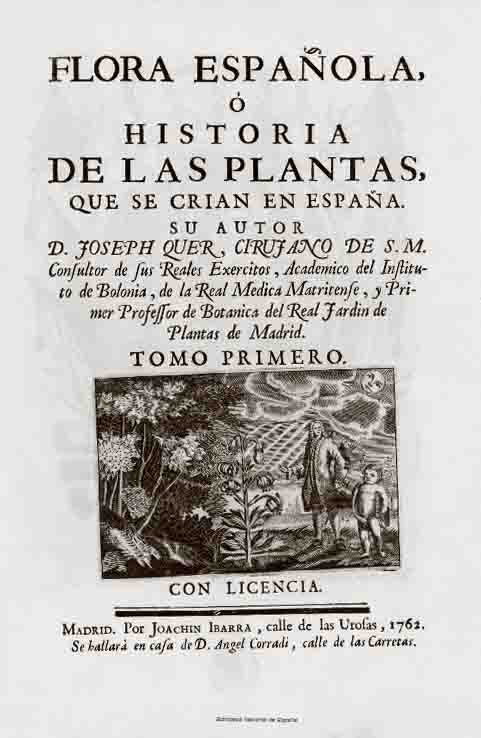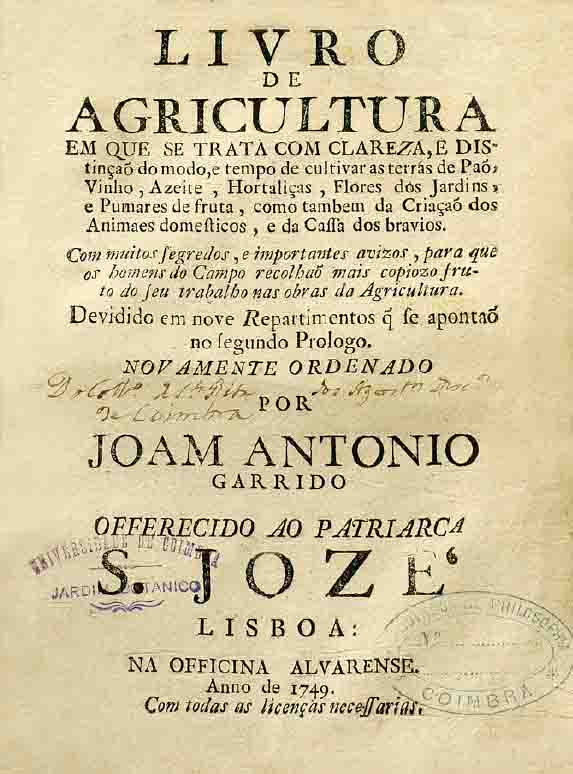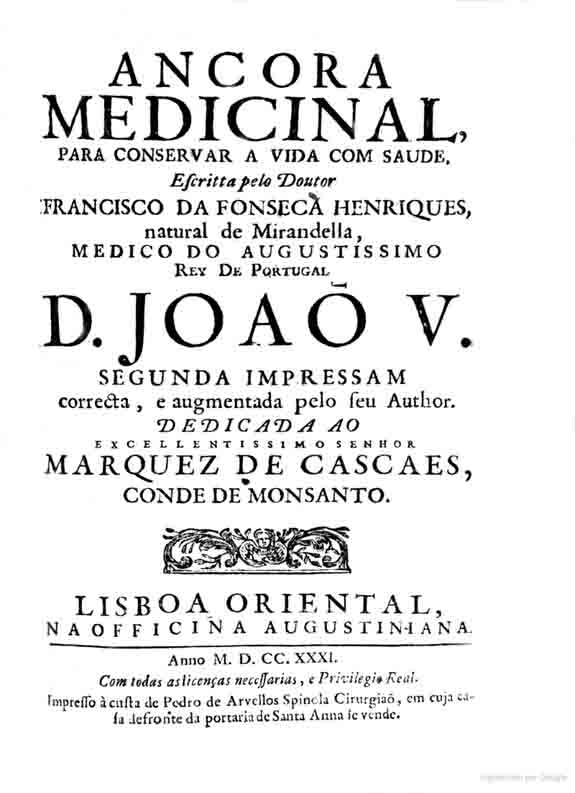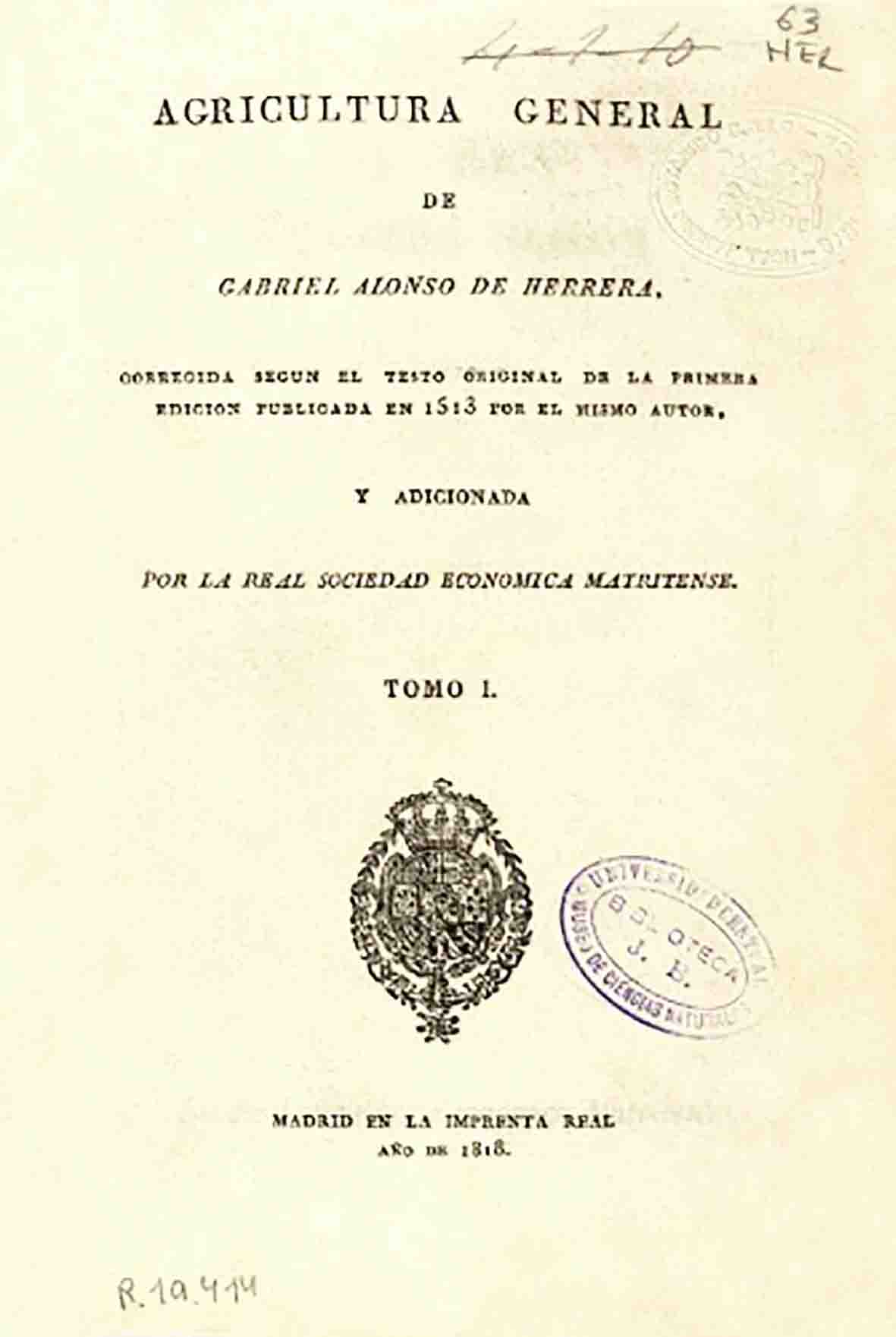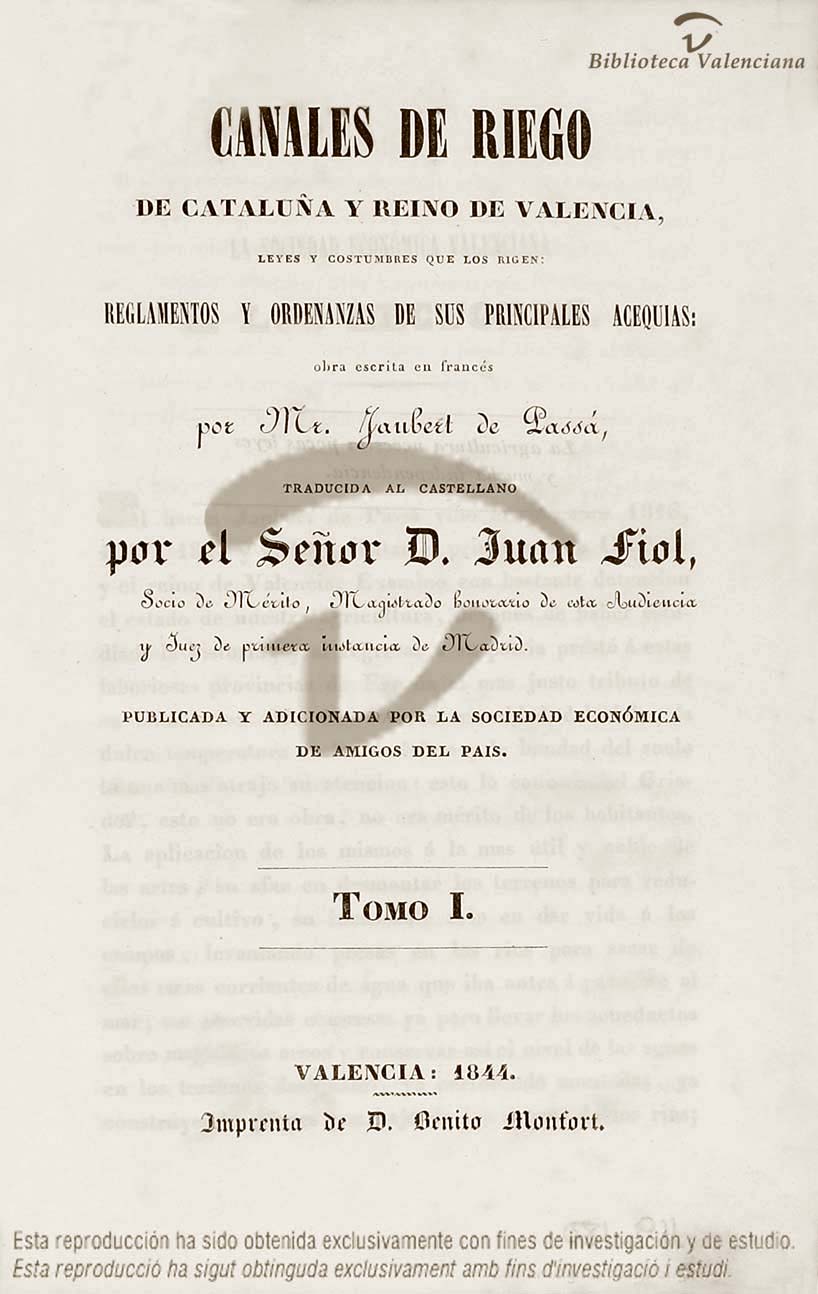Travels in Portugal and through France and Spain: with a dissertation on the literature of Portugal, and the spanish and portugueze languages
Chapters
Pages
Heinrich Friedrich Link
Editor: London, T.N. Longman and O. Rees
Year of edition: 1801
From a historiographical viewpoint, traveller literature can be a very useful source. In this work, Link attempted to give an image of Portugal based on scientific facts. According to him, a “more accurate picture of the general state of the country”. Repeating the purposes of previous travels in other countries (Hungary, Italy, Austria, 1793-94), the importance of this book is based on the description of the fauna and flora of the time, including agricultural varieties and the natural elements of the landscape, with a systematic collection of accounts of various types and scientific notes with botanical-naturalist interest.
Link’s scientific curiosity led him through research oriented towards the Portuguese flora, providing, in some aspects, a historical and economic contextualization about certain crops that shaped the Portuguese landscape. Among the variety of examples that can be found in this book, here are some of them: the “great number of mulberry-trees” in Braganza; “the many garden-vegetables” that surrounded Viseu; the cistus ladaniderus that spread “a pleasant balmy perfume” near Serpa or the “shady wood of the finest trees, such as oaks of various kinds, pines, lemons, and other fruit trees” in Sintra. This work illustrates the central role played by scientists in knowing the relation between environment and human action in the past, by incorporating theoretical concepts and the evidence of local reality.
L.P.
more sugestions…
Flora española...
José Quer Martínez
Livro de agricultura em...
João António Garrido
Ancora medicinal...
Francisco da Fonseca Henriques
Através dos campos...
José da Silva Picão
Agricultura general...
Gabriel Alonso de Herrera
Canales de riego...
François Jaubert de Passa


